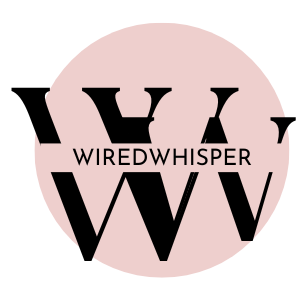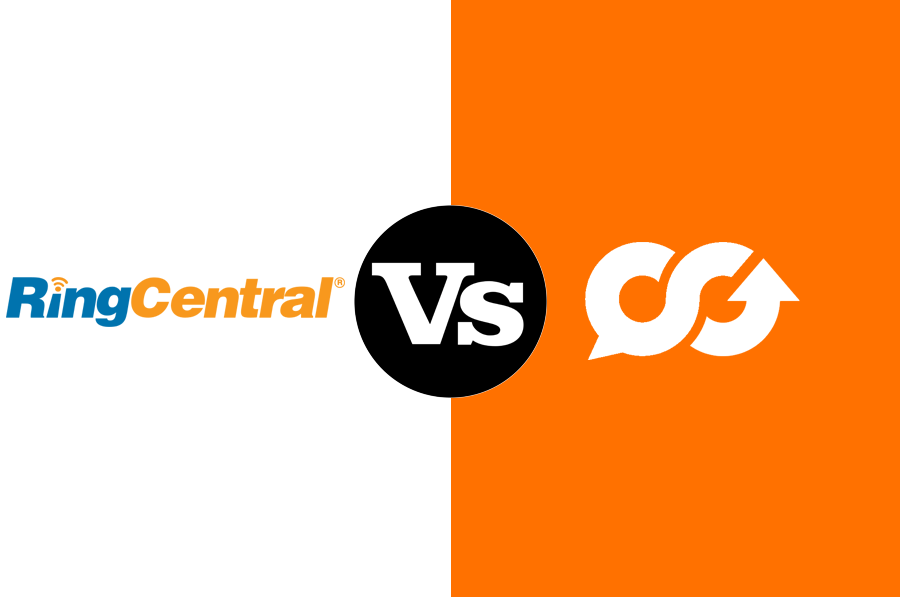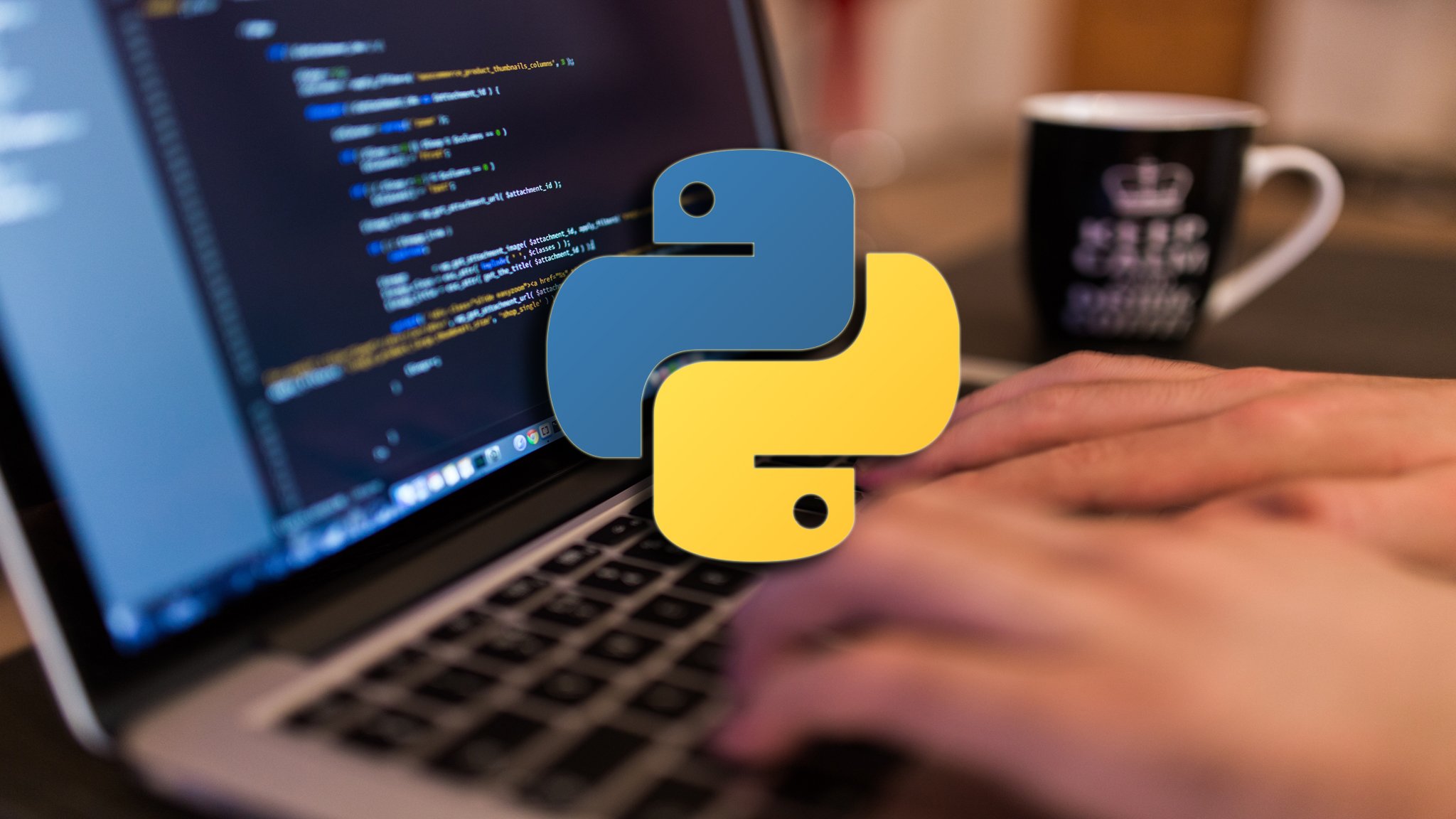Finding time to sit down with a full-length book can be a challenge. With endless responsibilities, deadlines, and distractions, many lifelong learners and busy professionals are searching for ways to absorb knowledge more efficiently. Enter Blinklist—a digital platform that offers concise summaries of nonfiction books, promising to deliver key insights in about 15 minutes per title. In this article, we’ll explore how Blinklist fast-tracks learning compared to traditional reading, the benefits and potential drawbacks of each method, and how to strike the right balance for your personal growth.
The Rise of Fast-Track Learning
In the digital age, speed and efficiency are paramount. Traditional reading, while deeply rewarding, demands a significant time investment. For instance, a dense business book or a comprehensive personal development guide can easily take several hours or even days to read thoroughly. Blinklist (often referred to as Blinkist, its widely recognized name) addresses this challenge by distilling lengthy texts into bite-sized “blinks” that capture essential ideas without the extra detail. This format allows users to quickly gauge the core message of a book, helping them decide whether to invest time in the full text or move on to the next topic.
Blinklist’s approach resonates with today’s learners who crave knowledge but have limited time. According to its Wikipedia entry, Blinkist is a book-summarizing subscription service that condenses nonfiction books into 15-minute reads or listens, making it a popular choice for busy individuals seeking to enhance their personal and professional development
Traditional Reading: Depth, Nuance, and Context
Traditional reading is more than just a method for absorbing information—it is an immersive experience that offers depth, nuance, and context. When you read a full book, you not only learn the main arguments but also gain insight into the author’s tone, writing style, and the subtle interconnections between ideas. These details can foster a richer understanding and stimulate critical thinking.
For example, a full-length biography not only recounts events but also provides context about the person’s character, struggles, and triumphs. Similarly, a comprehensive business strategy book offers case studies, detailed examples, and a narrative that can inspire and motivate. Such elements are often lost in condensed summaries. Traditional reading nurtures patience and focus, qualities that are essential for deep learning and long-term retention.
Blinklist: The Efficiency of “In a Blink” Learning
Blinklist capitalizes on the need for speed without completely sacrificing quality. By providing condensed summaries—referred to as “blinks”—the app allows users to quickly grasp the main ideas of a book in approximately 15 minutes. This efficiency means that, over the course of a week or a month, you can cover a much wider range of topics and subjects than would be feasible with traditional reading.
Some of the notable benefits of Blinklist include:
-
Time Efficiency: With summaries that take only a fraction of the time required for full-length reading, you can easily integrate learning into your daily routine—during your commute, lunch break, or even while exercising.
-
Flexibility: Blinklist offers both text and audio versions of its summaries, catering to different learning styles. If you’re an auditory learner, you can listen to the content on the go.
-
Broad Knowledge Base: With thousands of titles available in various categories—from personal development to business and science—Blinklist allows you to explore diverse subjects quickly.
-
Decision-Making Tool: By offering a quick overview of a book’s core concepts, Blinklist helps you decide if a full-length read is worth your time.
This model is particularly useful for lifelong learners who want to keep up with emerging ideas without feeling overwhelmed by the sheer volume of available content.
Also read: Is JustFit the Future of At-Home Fitness?
Comparing the Two Approaches
While Blinklist offers speed and convenience, traditional reading has its own undeniable merits. Below is a comparative analysis of both methods:
| Aspect | Blinklist | Traditional Reading |
|---|---|---|
| Time Investment | Approximately 15 minutes per book summary | Several hours to days per book |
| Depth and Nuance | Provides core ideas but may miss contextual details and examples | Offers comprehensive detail, context, and nuanced insights |
| Engagement | Fast, efficient, and ideal for quick consumption | Requires focus and engagement; offers a more immersive experience |
| Flexibility | Available in text and audio formats; accessible on mobile devices | Typically requires dedicated reading time, either in print or digital |
| Learning Outcome | Great for initial exposure and broad overviews; can serve as a decision tool | Ideal for in-depth understanding, critical thinking, and long-term retention |
While Blinklist is excellent for fast-tracking your learning by summarizing key points, traditional reading offers a richer experience that deepens your understanding and enhances retention. The choice between the two depends on your goals and the context in which you are learning.
Striking the Right Balance
Rather than viewing Blinklist and traditional reading as mutually exclusive, consider integrating both into your learning strategy. Here are a few practical tips:
-
Start with Blinklist: Use Blinklist to quickly survey a wide range of topics. This can help you identify which books or subjects genuinely pique your interest.
-
Prioritize Deep Dives: Once you’ve identified areas of interest, select a few titles for traditional reading. This allows you to build on the foundation provided by the summary with more detailed insights.
-
Combine Methods: For some topics, you might alternate between reading a Blink and then referring to the full book for deeper exploration. This hybrid approach maximizes both breadth and depth.
-
Use Audio Summaries: If your schedule is tight, listen to Blinklist’s audio summaries while commuting or exercising. Later, you can revisit the written version for key details.
-
Review and Reflect: Take notes from both methods. Blinklist highlights can serve as quick reminders, while traditional reading notes can capture detailed thoughts and reflections.
By combining the speed of Blinklist with the depth of traditional reading, you create a versatile learning system that leverages the strengths of both approaches.
The Future of Learning in a Digital Age
The emergence of platforms like Blinklist reflects a broader trend in education and personal development: the shift towards microlearning. As our lives become busier, the demand for efficient learning tools continues to grow. Digital platforms that condense complex ideas into manageable chunks enable us to stay informed and competitive without sacrificing our limited time.
Blinklist’s model is particularly attractive to professionals who need to stay updated on industry trends, as well as to lifelong learners who wish to explore a variety of subjects quickly. However, it is important to recognize that while summaries are a valuable tool, they are best used as an introduction or supplement to more comprehensive studies.
As technology continues to advance, we may see further innovations in how knowledge is delivered. Enhanced audio-visual content, interactive summaries, and personalized learning experiences are just a few potential developments on the horizon. These improvements could further bridge the gap between fast-tracked digital learning and the deep, reflective process of traditional reading.
Conclusion
Blinklist represents a modern solution to the age-old challenge of time management in learning. By condensing books into 15-minute summaries, it allows you to quickly acquire knowledge and decide which topics warrant a deeper exploration. Traditional reading, on the other hand, provides the detailed, immersive experience necessary for comprehensive understanding and long-term retention.
Ultimately, fast-tracking your learning in a blink does not have to mean sacrificing depth. By leveraging Blinklist as a tool for rapid knowledge acquisition and complementing it with traditional reading when necessary, you can build a balanced and effective learning strategy. This integrated approach empowers you to stay informed, adapt to new challenges, and continue growing in a world where every minute counts.
In today’s digital era, blending efficiency with depth is the key to lifelong learning—ensuring that no matter how busy your schedule, there is always a way to keep your mind sharp and your knowledge current.




